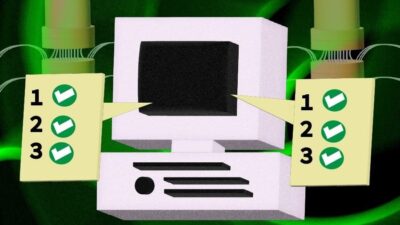NPI’s singulation and sortation solutions, which leveraged PC-based controls and EtherCAT, helped a California distribution center reduce difficult-to-fill labor requirements while increasing throughput and decreasing turnaround times.

Learning Objectives
- Understand how a sorting company upgraded their automation systems to improve operations.
- Learn about the equipment such as PC-based control and the role they played in reducing sortation system wiring and lowering costs.
- Learn how EtherCAT communication protocols can help companies improve operations.
Automation insights
- NPI, a Texas-based mail sorting design company, worked on emphasizing and shortening the time to a return on investment (ROI) by upgrading its automation systems.
- Engineers there worked with an automation vendor to improve their equipment, computing power and communication protocols to provide better insights and reduce potential automation bottlenecks.
Business continues to boom in the intralogistics industry. However, for large postal and parcel providers, e-commerce retailers and third-party logistics (3PL) companies, capital investments still need to make good business sense. NPI, a mail sorting design company, understands this and has concentrated on customer ROI when designing parcel sortation solutions. The NPI GenIII Xstream linear shoe sorter and standalone Singulator are two examples.
“Our customers typically process at least 40,000 packages per day, so they need to maximize uptime and throughput, reduce costs and offset labor shortages. By keeping their goals in mind, we continue to shorten the time to ROI as much as possible,” said CTO Joshua Owens. “To accomplish this, we spend about 60% of in-house engineering efforts on R&D and continue to add key engineering resources as our products evolve.”

NPI was founded in 1977 and released the first fully-automated mail sorting machine the following year. The Fort Worth, Texas-based company focused on letter and flat sortation until 2007 when it began operating an e-commerce facility that processed polypacks for mailing pharmaceuticals. Owens and NPI COO Brent Daboub found the floppy packages difficult for standard machines to handle, so they developed the NPI Xstream system.
The NPI Singulator is designed to handle up to 7,500 packages per hour with two operators. The Singulator offers a modular, cost-effective induct for an Xstream or equipment from other intralogistics OEMs.
“Compared to the large, complex and expensive automated induct systems on the market,” the NPI Singulator has reduced footprint, cost and labor requirements, Daboub said.
To meet current demands and assure innovation into the future, NPI expanded its 100,000-sq-ft facility with an additional 18,000 sq ft for storage and 25,000 sq ft of manufacturing space. Standardizing automation technology, EtherCAT networking, scalable controllers and alternative operating system programming environment has helped the company’s long-term plans.

Overcoming legacy controller’s throughput limitations
While NPI’s solutions keep evolving to meet today’s demands, legacy networking and control technologies have not. By nature, sortation systems are, expansive and teeming with nodes, which exacerbates performance limitations in switch-based protocols. Also, the company wanted its machines to be modular and extensible. Discrete input/output (I/O) and Ethernet, which NPI previously used, added unnecessary complexity, costs and installation effort.
The GenI and GenII Xstream machines used an ARM-based microcontroller with a proprietary board NPI developed in house. However, the microcontroller did not offer the necessary flexibility for customer requirements.
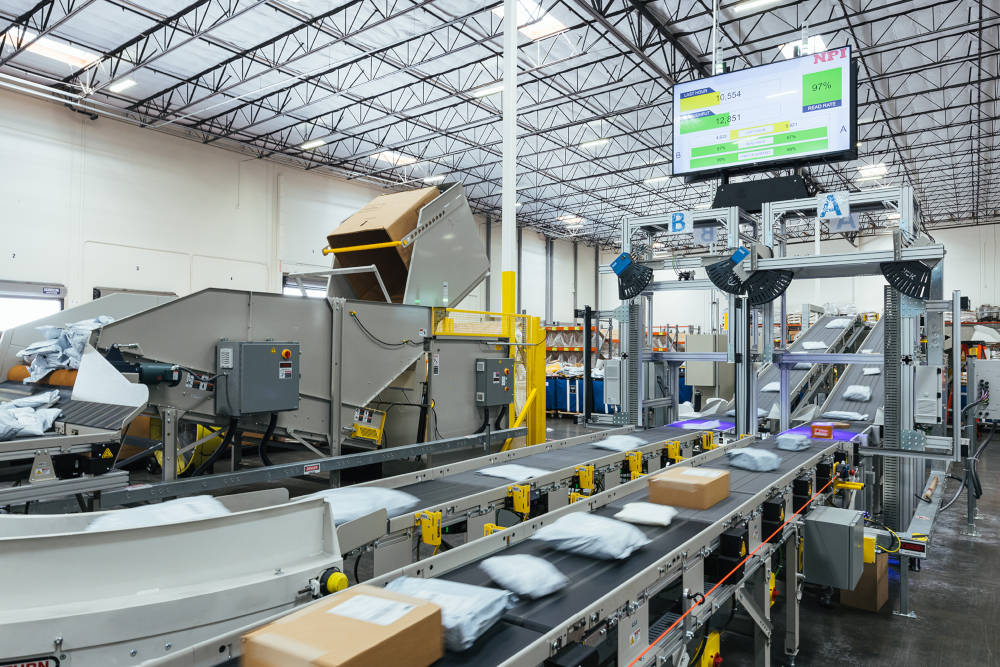
The engineers began evaluating vendors of scalable commercial off-the-shelf (COTS) solutions in 2017 ahead of the GenIII Xstream redesign. NPI standardized on Beckhoff, working with the vendor’s Dallas-based team, including sales engineer Jeff Kuzniar and applications engineer Isaac Spear.
“Standardized hardware offered us room to grow without having to redesign boards, find new processors or add memory,” Owens said. Selections were made after “comparing system availability, scalability and I/O capabilities with EtherCAT.”
Extreme controller performance boosts Xstream system
NPI found scalable industrial control options. For standalone Singulator units used with other sorters, NPI used an ultra-compact Industrial PC (IPC). For combined Singulator and Xstream setups, a DIN-rail mounted embedded PC – or programmable logic controller (PLC) – has served as the main controller for most applications. NPI recently switched to an embedded PC with a quad-core AMD Ryzen processor with a clock speed of 3.35 GHz, to gain more processing power for future expansion capabilities.

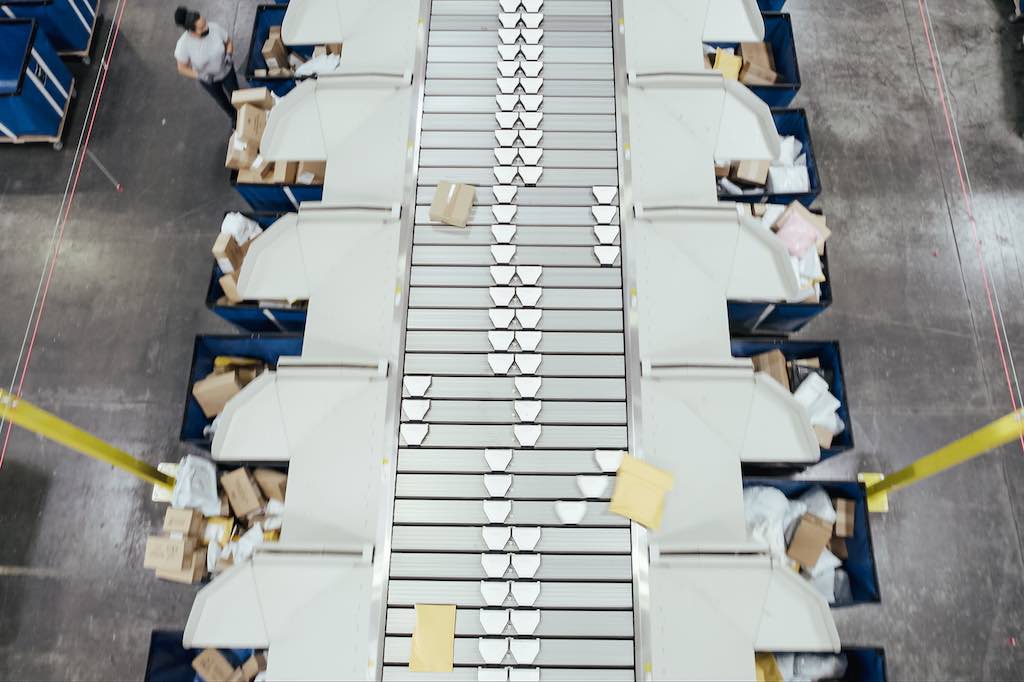
New NPI machinery uses a modern UNIX-based OS instead of Microsoft Windows 10 IoT. The OS alternative combines in-house controls development, scalable hardware and real-time capabilities with the enhanced security and performance of a modern UNIX-based OS. Today’s PLCs all use real-time operating system (RTOS) options rather than proprietary firmware. The controllers enhance the architecture with a real-time kernel, higher RAM and options for terabytes of removable media, as well as extended functions, such as spreading tasks across multiple cores and running third-party software alongside the PLC. Engineers also can select from a wide range of processors from single and multi-core microprocessors up to very high-performance multi-core processors. A virtual machine supervisory architecture enables simultaneous execution of virtual machines running Microsoft Windows or Linux distributions.
Beyond performance gains, the smaller image size of reduces compact flash requirements, which lowers costs and allows NPI to deploy the image 70% faster. But those were not the main motivators for NPI.
“We’re always looking for the most robust and secure automation system for our customers.” Migrating to the new architecture “further hardens our systems,” Owens said. “Most importantly, the platform based on FreeBSD makes PC-based control a viable option to our more OS-sensitive customers by removing the [Microsoft] Windows association.”
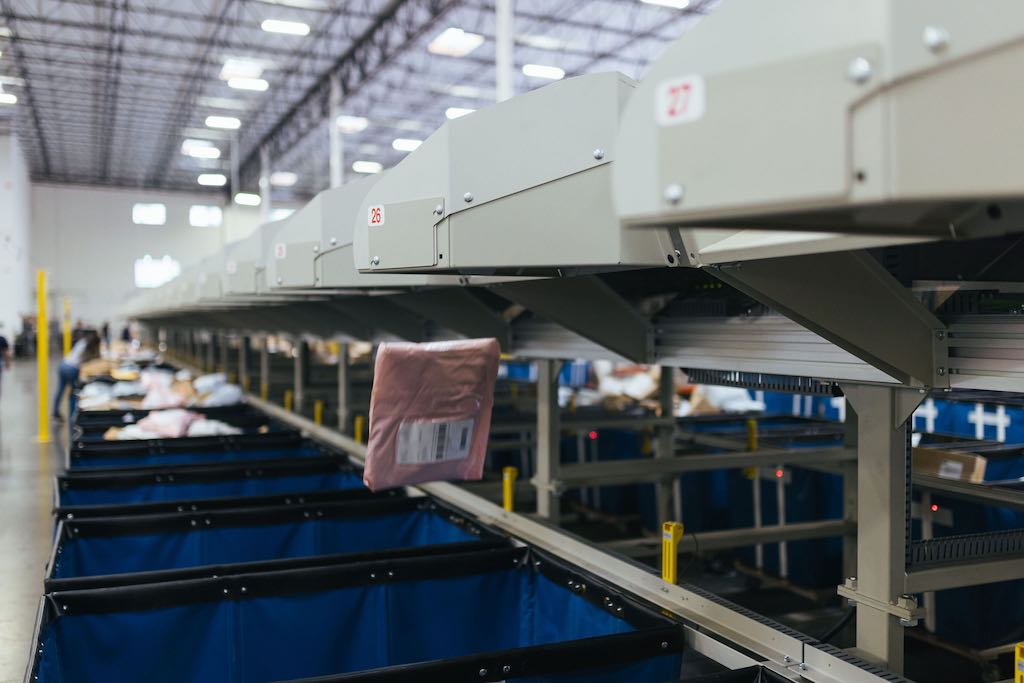
Software development environment and EtherCAT exceed requirements
NPI appreciates the power of automation software and the EtherCAT industrial Ethernet system. The end-to-end engineering and runtime environment for PLCs, motion control, and IoT apiplications. It empowers engineers to program in the languages they know best or that best fit the application using IEC 61131-3 programming languages and object-oriented extensions, function blocks and computer science standards. Migrating to the new platform from the homegrown C++ code on NPI’s legacy microcontrollers was crucial, according to Owens: “The Visual Studio-based integrated development environment (IDE) has really helped us to continue on our path forward.”
Using the ADS protocol, the new automation software speeds up commissioning by scanning in devices on an EtherCAT network. NPI uses a variety of EtherCAT I/O terminals and modules. The IP67-rated, remote I/O solutions with M8 and M12 connectors mount on the Singulator and each 11-ft middle module of the Xstream. The open protocol also has simplified use of third-party devices, since the EtherCAT Technology Group ensures device interoperability.

EtherCAT supports real-time communication, up to 65,535 nodes on one network and free selection of topology – line, star, tree, mixed, etc. – without affecting performance.
“We were looking for something that could eliminate the degraded performance you often see in I/O-intensive systems. EtherNet/IP (ODVA), for example, and other platforms see performance start to degrade the more nodes you put on them, resulting in the need for more networks, hardware and engineering effort,” Owens said.
Doug Schuchart, global material handling and intralogistics manager at Beckhoff, said: “The reduced cost and complexity is only part of the benefit our customers are seeing from a simplified architecture as a result of EtherCAT. The reduced architecture also provides considerable diagnostic and system life-cycle advantages as well as simplified digitization for industrial Internet of Things (IIoT) and Industry 4.0 initiatives.”
Throughput skyrockets at 3PL provider
The Singulator and GenIII Xstream systems’ power was illustrated at a 3PL facility in Greater Los Angeles, according to NPI sales support manager Shane Potter. At two induct points, workers move gaylords (i.e. large cardboard bins containing unsorted parcels), using pallet jacks onto lifts. Each lift dumps the packages into the Singulator’s accumulation conveyor. Sensors limit the flow of packages to operators who place them on the main conveyor. NPI’s dynamic high-speed gapping conveyors are driven by servomotors operated over EtherCAT, which allows for precise separation of packages required by downstream peripherals. Tracking information is communicated over EtherCAT to the controller, then via TCP/IP to NPI’s warehouse control system (WCS) software to determine the sort point.
“When parcels reach the correct output, NPI’s patented stepper-driven diverter routes the appropriate number of shoes onto the divert rail. Parcels are directed into sacks or bulk containers to be delivered to post offices across the U.S.,” Potter said. “Using large-diameter Urethane coated bearings on slat ends and a patented independent chain tensioning system, our engineering team made the Xstream system’s operation as safe, smooth and quiet as possible.”


By implementing NPI solutions, the 3PL more than doubled throughput. The company now provides same-day turnaround, meaning packages leave within 24 hours of arrival at its dock. The company also reduced intense labor requirements, which is critical during peak times, especially with ongoing labor shortages. Before the technology upgrades, this site needed three shifts working six days per week to keep up. Now just one shift five days per week handles more products and packages than the company previously thought.
An Xstream success
While these outcomes are impressive, NPI has implemented even bigger systems and plans to keep developing automated solutions. A new dual 22-inch chute that uses a pneumatic actuator to divert parcels, doubling the number of sacks for more granular sorting. The company created an AWS dashboard to visualize WCS data and let management compare performance at sites with robust analytics. Owens and Daboub also are working on custom robotics to fill the Singulator’s operator stations. These robots will supplement labor during peak times or overnight for 24/7 productivity. Owens sees increasing automation capabilities, with a firm foundation built, as key to shortening customer ROIs.
In the largest Xstream applications, EtherCAT allowed for systems of up to 481 nodes on one network without performance issues. The EtherCAT modules ensure extension of the middle sortation modules, which reassures NPI and its customers they can scale up to meet future demand. In addition, the IP67 I/O modules have provided impressive savings, including a 50% reduction in cabling.
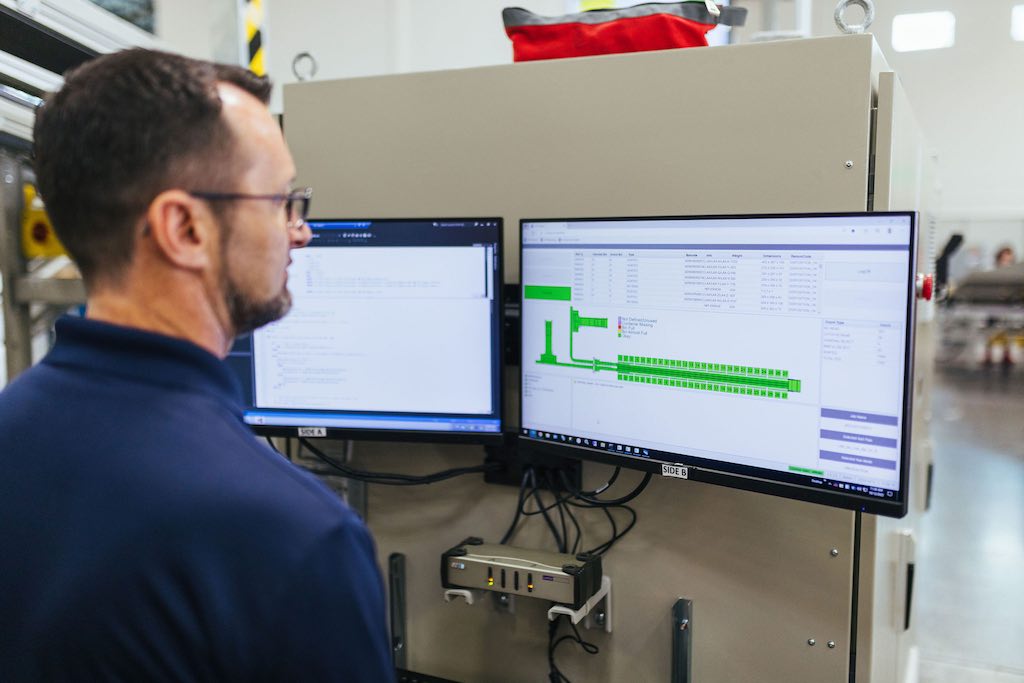
This approach saved $4,700 per Xstream system for overall wiring effort, Owens said. “That saves five days in the field for our technicians, which is a huge reduction.”
Their first embedded PC offered much higher CPU power and more RAM compared to their microcontroller. Kuzniar said using COTS hardware helped NPI escape the continuous cycle of redesigning the microcontroller.
“NPI’s experience is a great example of how we protect customers from control system obsolescence. When our next-generation IPC came out, they were able to use the same TwinCAT PLC project without replacing any I/O, and that will continue to be the case as we release even more powerful hardware.”
Migrating away from the microcontroller meant NPI needed to adapt a decade of development in mere months. Assistance from the local Beckhoff team during this process, along with no-cost technical support over the phone for standard troubleshooting, has been critical, according to Owens.
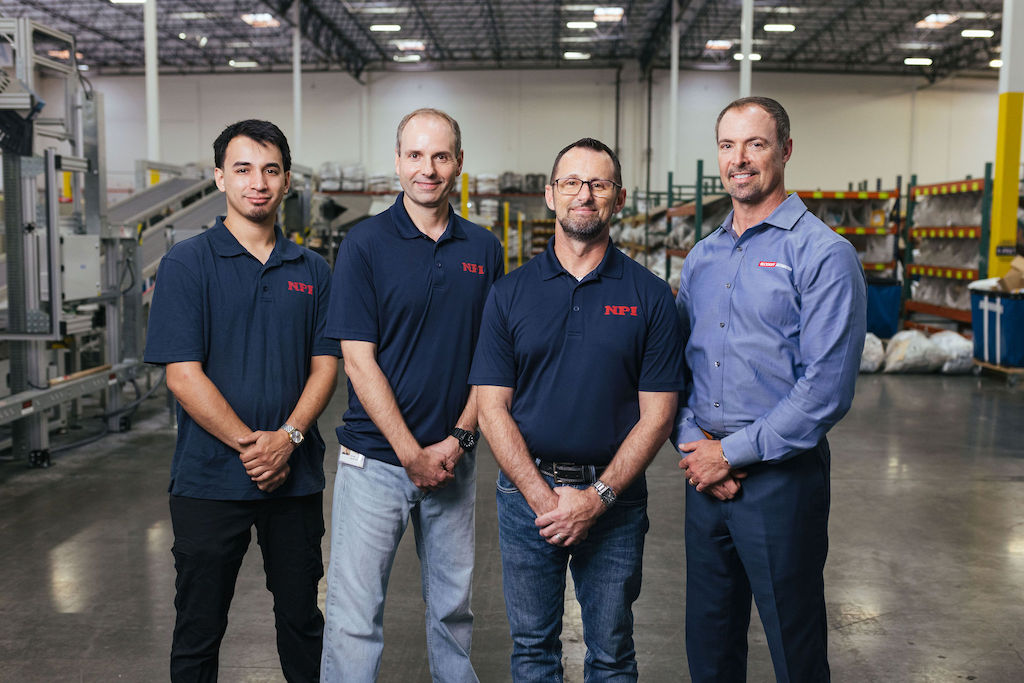
“We were not a PLC company when we started evaluating controls vendors, and the strong support structure” from the automation company “was key to our success,” he said. The support and control platform “provides all the room we need to keep growing at a rapid pace.”
James Figy, marketing content leader, Beckhoff Automation LLC. Edited by Chris Vavra, web content manager, CFE Media and Technology, [email protected].
MORE ANSWERS
Keywords: industrial PCs, PC-based control
CONSIDER THIS
How have industrial PCs improved your facility’s operations?


